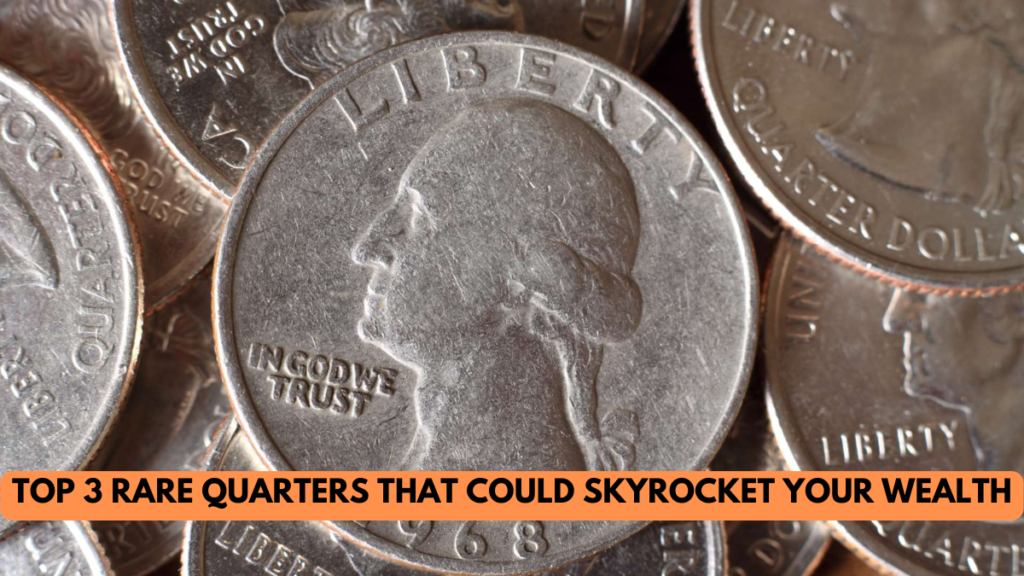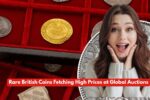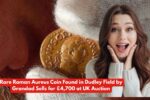If you’ve ever brushed off pocket change as worthless, it might be time to take another look. A few rare U.S. quarters—some as old as 1932, and others minted in the 1990s and 2000s—are now worth thousands of dollars. Collectors are scouring coin jars, old wallets, and inherited stashes for these hidden gems. Here’s a look at the top three rare quarters that could change your financial future.
1. 1932-D Washington Quarter
The 1932-D Washington Quarter is considered one of the most valuable coins in American coinage due to its low mintage. Only 436,800 coins were struck at the Denver Mint, making it a key date in the Washington Quarter series.
- Value: Depending on condition, this coin can fetch thousands of dollars. One graded MS66 by PCGS sold for $74,400 at auction in 2018.
- Why it’s rare: 1932 marked the beginning of the Washington Quarter series, and the Denver issue was produced in far fewer quantities than others that year.
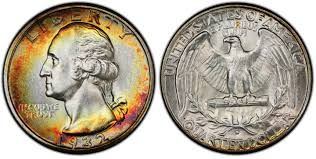
Collectors recommend checking the mint mark just below the eagle on the coin’s reverse—if it has a “D,” it’s worth closer inspection.
2. 2004-D Wisconsin State Quarter (Extra Leaf Error)
What seems like an ordinary 2004 Wisconsin State Quarter could be worth hundreds to thousands due to a striking mint error.
- What to look for: On the reverse side of the coin (featuring a cow and corn), some coins show an extra leaf on the left side of the corn husk. There are two known versions: “High Leaf” and “Low Leaf.”
- Value: Coins in mint condition have been sold for up to $1,500, depending on the type and quality.
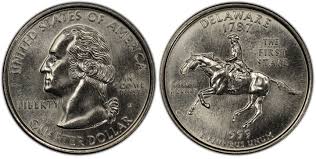
This error occurred during the coin’s production at the Denver Mint, making these coins collector favorites for their oddity.
Read more about U.S. coin errors at the American Numismatic Association.
3. 1999-P Delaware State Quarter (Experimental Planchet)
This one’s a real sleeper hit. In 1999, the Philadelphia Mint accidentally struck some Delaware quarters on an experimental planchet originally designed for the Sacagawea dollar.
- What makes it special: These error quarters appear golden-colored instead of silver.
- Rarity: Extremely rare. Only a few have been discovered, and some have sold for over $10,000 in uncirculated condition.
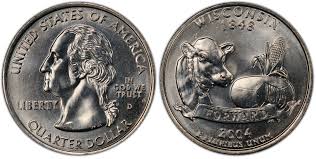
Because these were part of a test for future coin compositions, they were never meant to be circulated—making their presence in the wild both a mystery and a treasure.
For official composition specs and minting details, visit the U.S. Mint’s official page.
Expert Tips for Collectors and Sellers
If you believe you’ve found one of these high-value quarters, follow these steps before selling or trading:
1. Get It Graded
Submit your coin to a certified grading agency like:
Grading determines authenticity and condition, both of which significantly affect market value.
2. Protect the Coin
Even a small scratch can reduce its worth. Store your coin in an airtight plastic holder, and avoid cleaning it (cleaning can damage or devalue rare coins).
3. Stay Informed
Coin markets are dynamic. New discoveries or rising demand can dramatically impact prices. Websites like Coin World and Numismatic News regularly report on pricing and trends.
Final Thoughts
Rare coins aren’t just a collector’s fantasy—they’re potential windfalls hiding in everyday life. Whether passed down through generations or pulled from your pocket change, these three quarters—the 1932-D Washington, 2004-D Wisconsin error, and 1999-P Delaware experimental—are worth far more than face value.
Next time you spot a quarter, give it a second glance. You might just be holding a small piece of history—and a small fortune.
This article has been carefully fact-checked by our editorial team to ensure accuracy and eliminate any misleading information. We are committed to maintaining the highest standards of integrity in our content.
